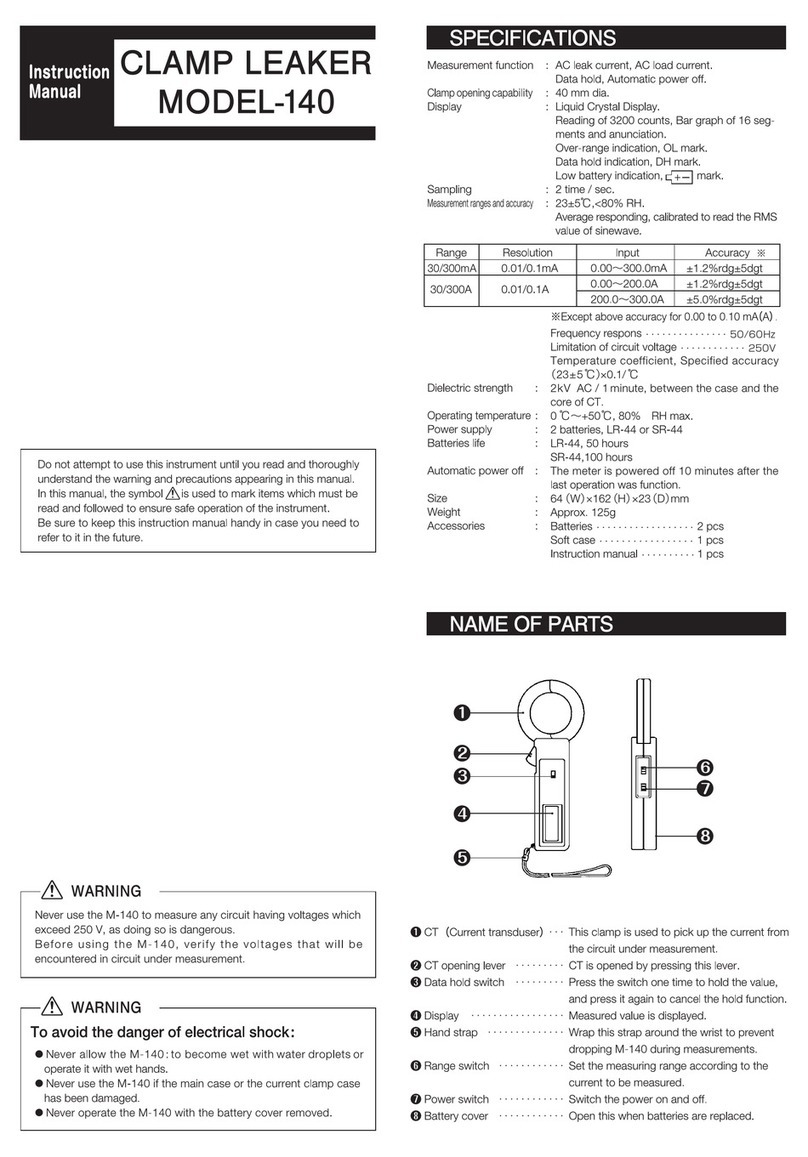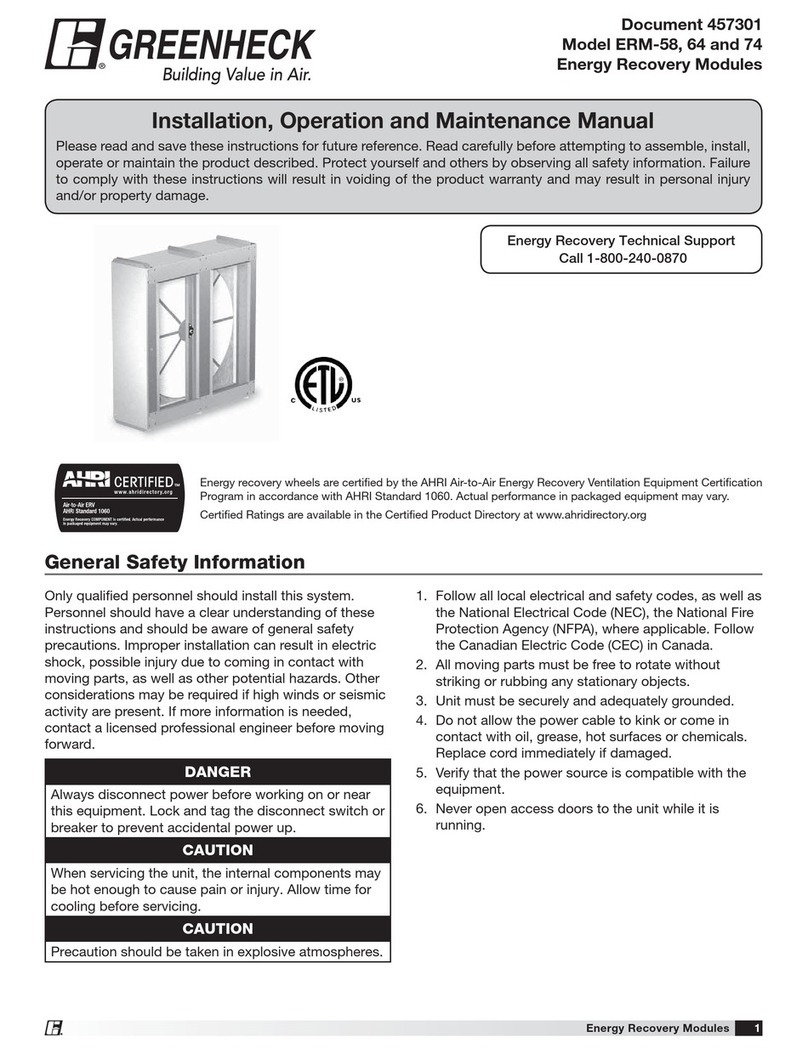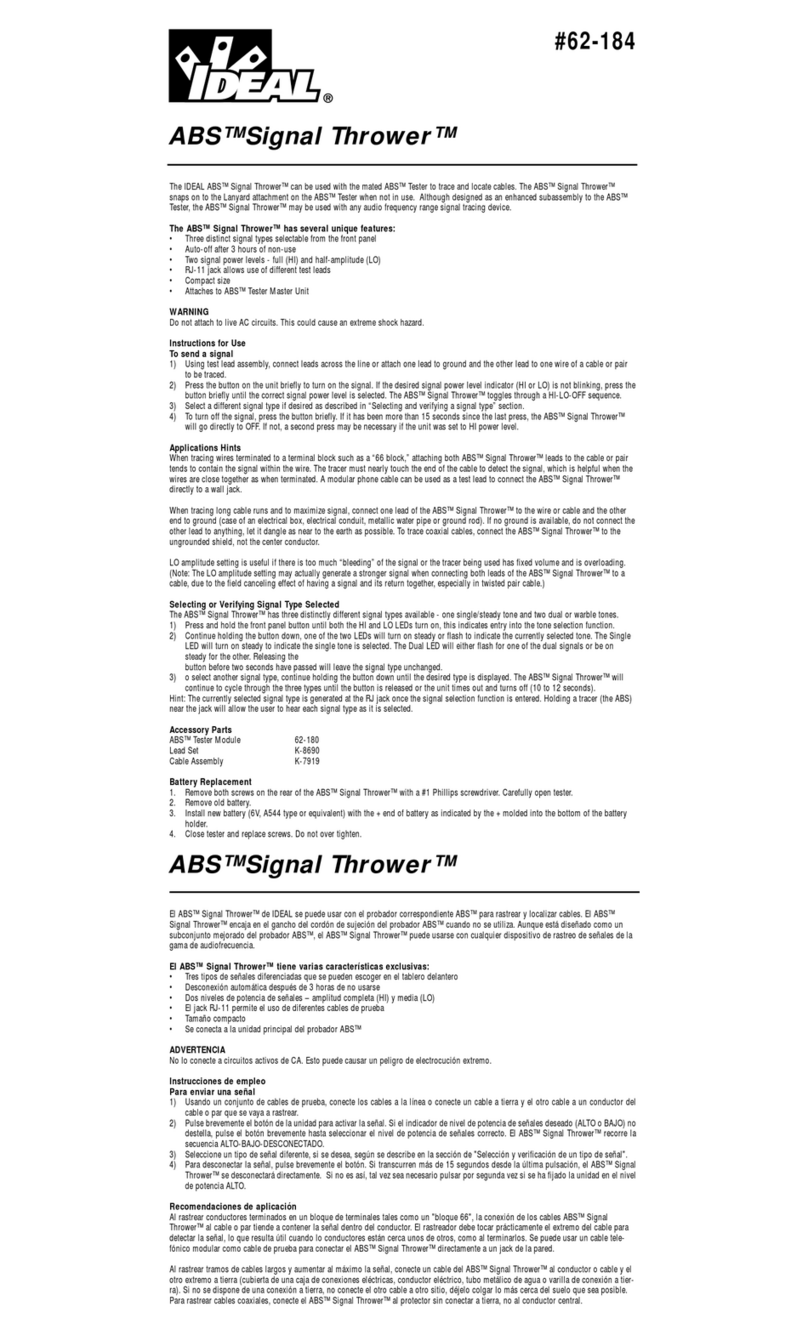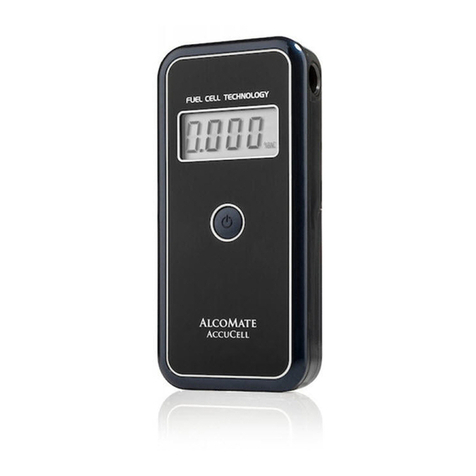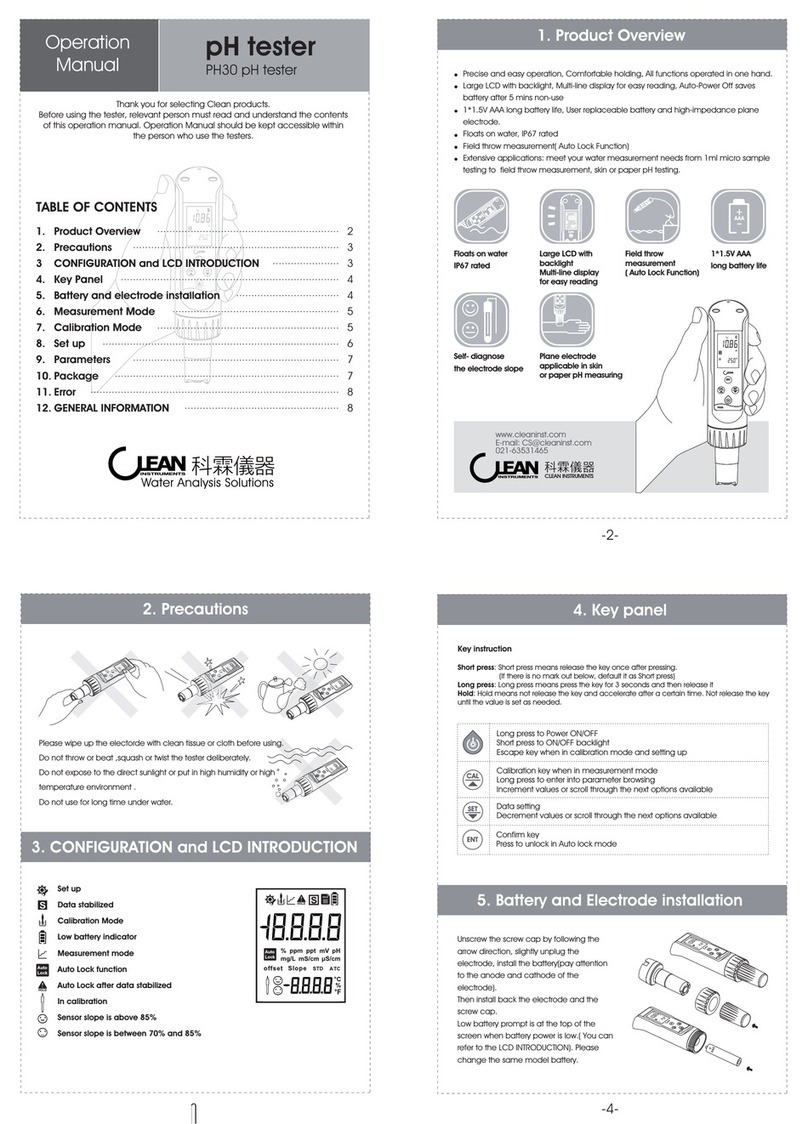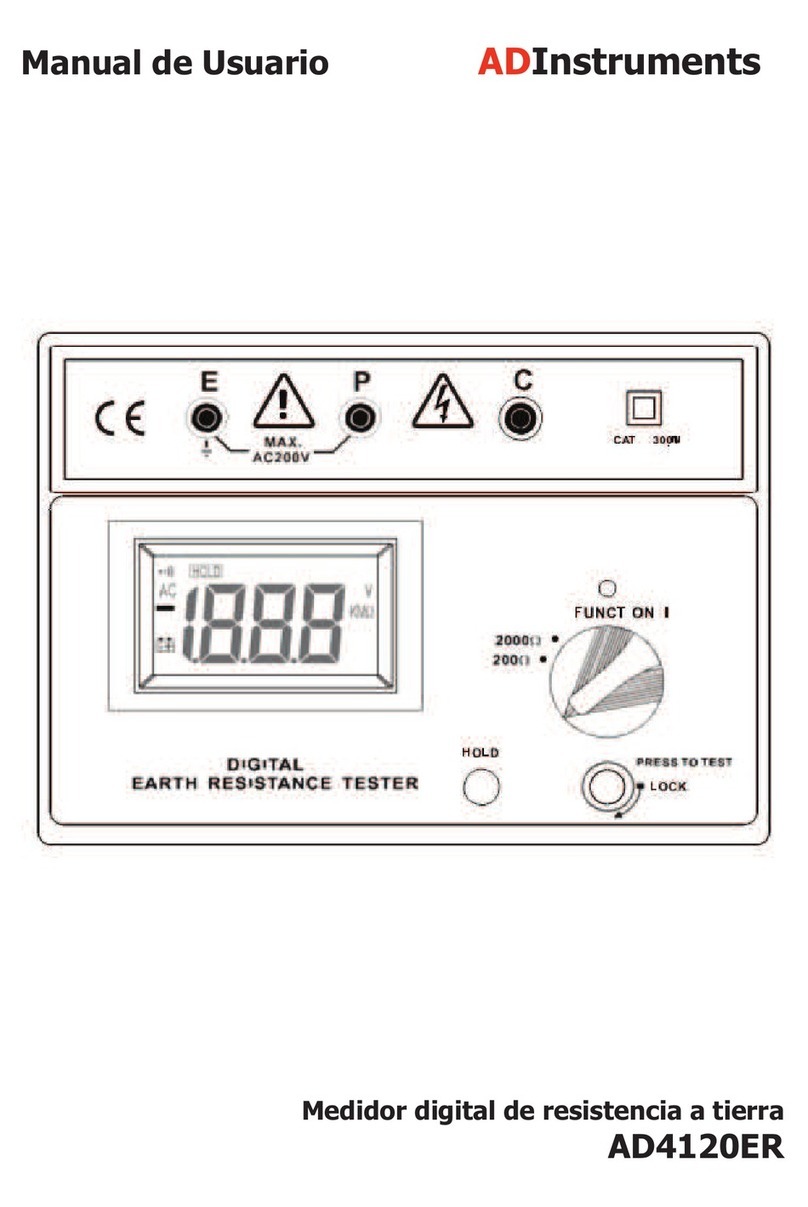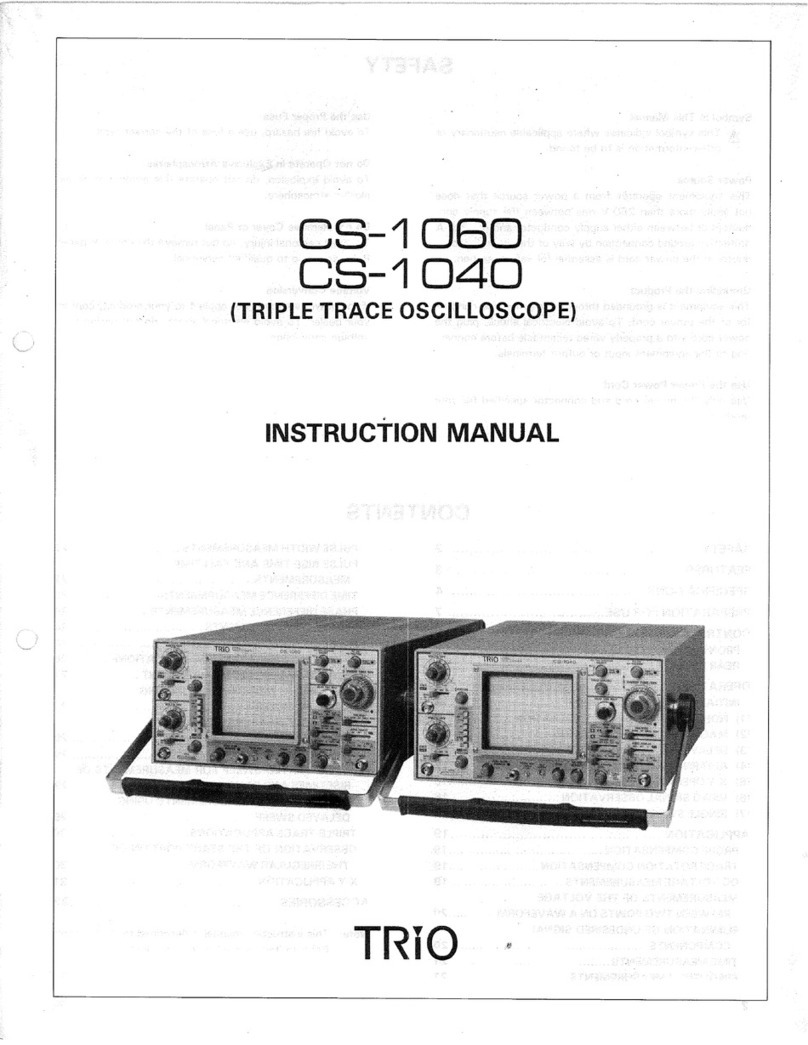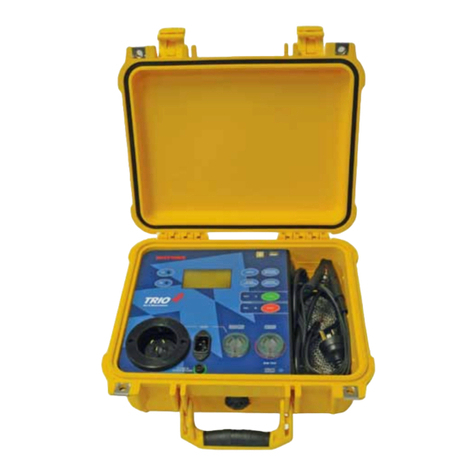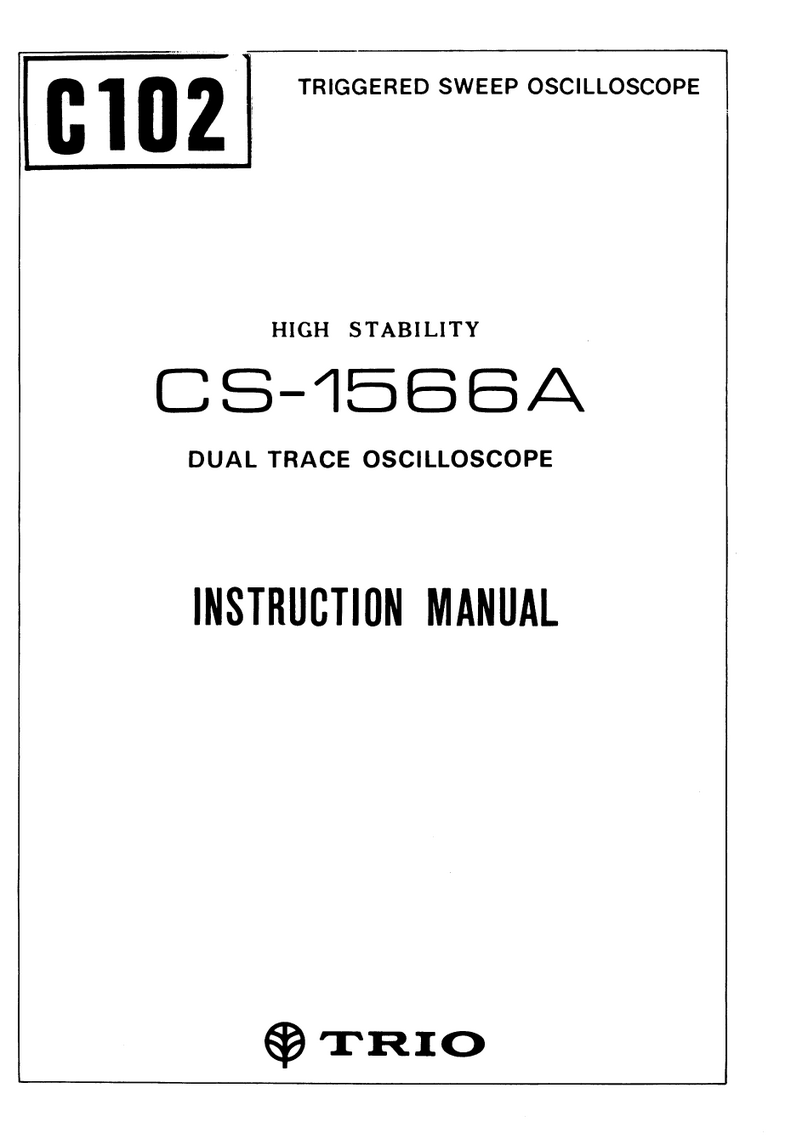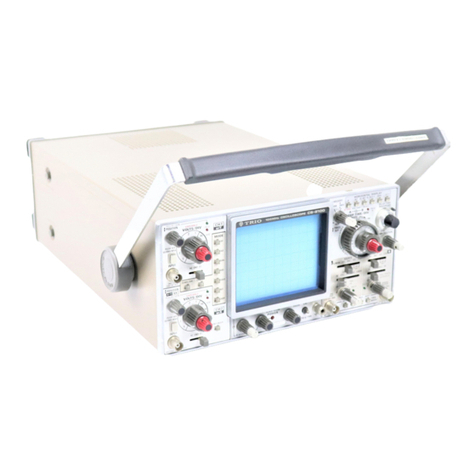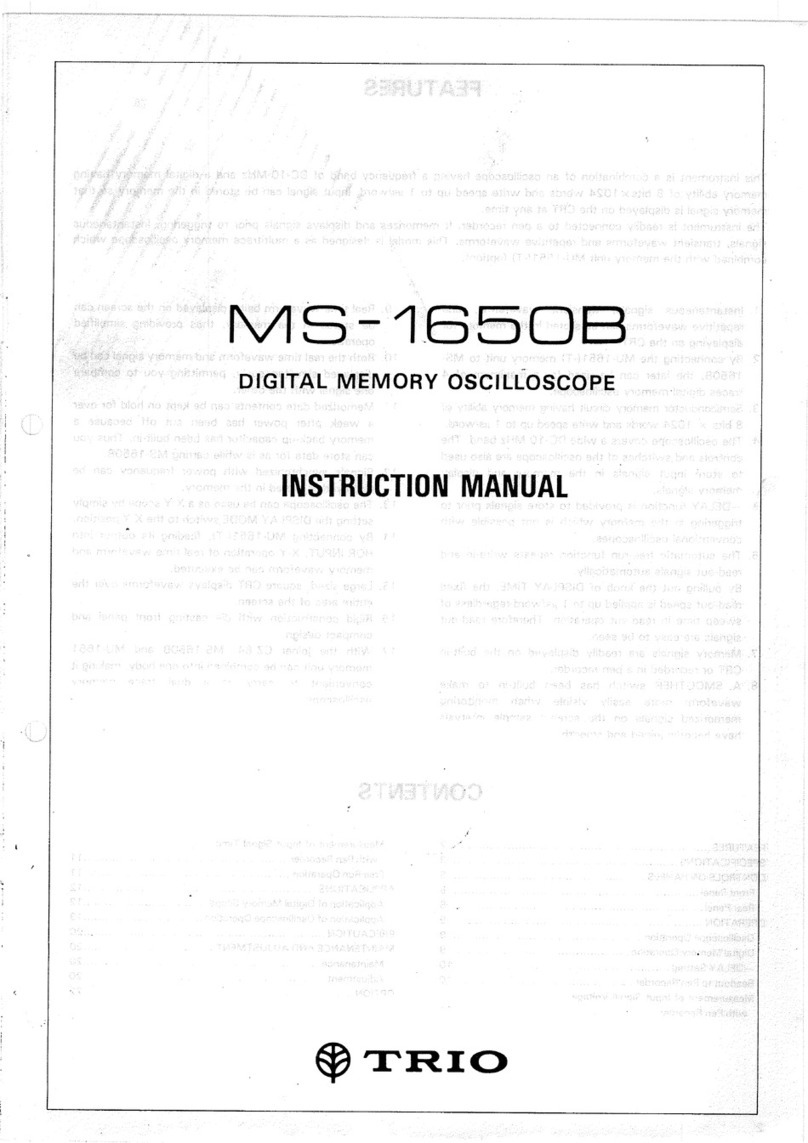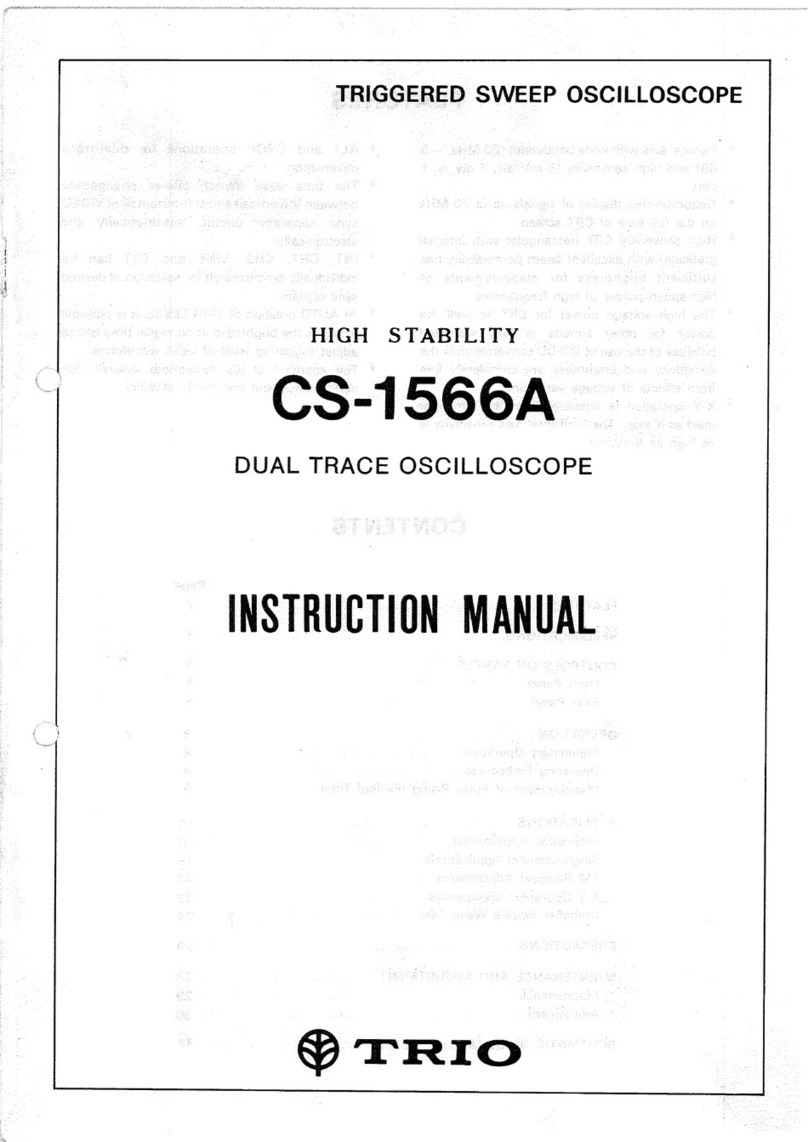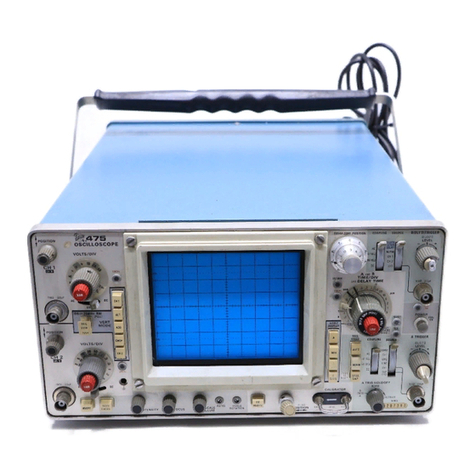
OPERATION
PRELIMINARY
OPERATION
When
operatingthisoscilloscope,refertopanelcontrolsand
OPERATING
PROCEDURES
(1)
Insertthesuppliedpowercordtothepowerconnec-
tor.Then,
select
thepositionofthepowervoltagese-
lector
plug
asindicatedbythearrowmarks.
(2)
TurnPOWER(15)
clockwise.
Thepoweristurnedto
ONandLEDpilotlamp(14)lights.
(3)
Horizontal
axis
will
bedisplayed.
When
fly-backline
doesnotappearatthecenterofthescreen,adjust
POSITION(1)andPOSITIONPULLx5MAG(24).
AdjustbrightnesswithINTENSITY(16).Iffly-back
line
isunclear,adjustFOCUS(19).
(4)
Theoscilloscopeisnowreadyformeasurement.For
measurement,proceedasfollows:
ApplysignalvoltagestotheInputterminals(3),(11).
ThenturnVOLT/DIV(5)clockwiseuntilthewaveform
is
correctlydisplayedonthescope.Bysetting
MODE
(7)
andSOURCE(21)toCH1,theCH1inputsignalto
theInputterminal(3)
will
appear.Similarly,bysetting
MODE
andSOURCEtoCH2,thentheinputsignalto
theCH2terminal(11)
will
appear.
When
MODE
(7)is
set
toDUAL,twowaveforms(CH1andCH2)
will
ap-
pearonthescope.
With
SOURCE(21)settoCH
1,
the
CH
1
inputsignalfromtheInputterminal(3)isfedto
thesynchrocircuitwheretheCH1signalissynchro-
nized.Similarly,whenSOURCEissettoCH2,the
CH2signalissynchronized.Useeither
method
for
easier
observation.
When
MODE
issettoADD,theCH
1
signalisalge-
braicly
addedtotheCH2signal;andwhenitissetto
SUB,
theCH2signalinreversepolarityisaddedtothe
CH
1
signalandtheabgebraicdifferencebetweenCH1
andCH2isdisplayed.
(5)
When
thesignalvoltageismorethan10mVand
waveform
fails
toappearonthescreen,theos-
cilloscope
maybecheckedbyfeedinginputfrom
CAL
1
Vp-p(27).Sincecalibrationvoltageis
1
Vp-p,the
waveformbecomes5divhighatthe0.2V/divposition,
tion.
(6)Bypushing
LEVEL
(23),thefree-runningautofunction
is
released.Thewaveformdisappearswhentheknob
is
turned
clockwise,
andappearsagainattheap-
proximatemidpositionofit.Syncphaseisalsoad-
justable
inthis
case.
Thewaveform
will
againdis-
appearwhentheknobisturnedcounterclockwise
fromthemidposition.
(7)
When
DCcomponentismeasured,set
AC-GND-DC
to
DCposition.If,inthis
case,
theDCcomponentcon-
7
their
functions(seepage4).
When
startingthisoscilloscopesetinitially,settheoperating
controlsasfollowsandthesetmaybeturnedonsafely.






















